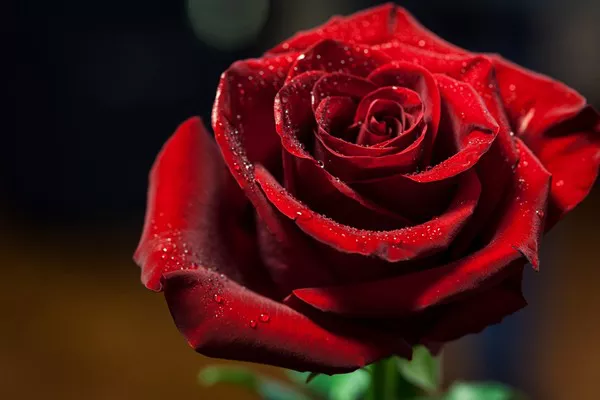Roses, renowned for their captivating beauty and elegant fragrance, hold a special place in the hearts of gardeners and flower enthusiasts alike. Nurturing these magnificent plants to bloom profusely is a rewarding endeavor that requires proper care and attention. This article delves deep into the art of increasing flowering in rose plants, providing a comprehensive guide to enhance their ornamental value and bring joy to any garden.
Factors Influencing Flowering
Understanding the factors that influence flowering in roses is crucial for success. Key considerations include:
- Light: Roses require at least six hours of direct sunlight per day to produce abundant blooms. Consider planting them in a location that receives ample sunlight throughout the growing season.
- Soil: Roses thrive in well-drained soil that is rich in organic matter. Amend the soil with compost or manure to improve its fertility and drainage.
- Water: Regular watering is essential for roses, but avoid overwatering, as soggy soil can lead to root rot. Water deeply and infrequently, allowing the soil to dry out slightly between watering.
- Fertilizer: Feed roses regularly during the growing season with a balanced fertilizer formulated specifically for roses. Avoid overfertilizing, as it can burn the roots and hinder flowering.
- Pruning: Pruning is a critical aspect of rose care. By removing spent blooms and dead or diseased canes, you encourage new growth and stimulate flowering. Prune roses after the first flush of blooms in spring and again in late summer or fall.
Specific Techniques to Enhance Flowering
Beyond providing optimal growing conditions, several specific techniques can further enhance flowering in roses:
- Deadheading: Removing wilted or faded blooms promotes new flower production. Deadhead roses regularly by cutting the stem just above the first set of fully developed leaves.
- Disbudding: For larger, showier blooms, disbud roses by removing all but the strongest central bud on each stem. Disbudding requires practice and should be done carefully to avoid damaging the plant.
- Fertilization with Epsom Salts: Applying Epsom salts (magnesium sulfate) to the soil around roses can boost flowering. Epsom salts provide magnesium, an essential nutrient for plant growth and flower development.
- Companion Planting: Planting certain companion plants, such as garlic, onions, or marigolds, near roses can deter pests and diseases that can hinder flowering.
- Covering Roses in Winter: In cold climates, covering roses with mulch or burlap during winter protects them from harsh weather and encourages earlier flowering in spring.
Additional Tips for Optimal Bloom
- Choose Disease-Resistant Varieties: Selecting rose varieties that are resistant to common diseases, such as black spot and powdery mildew, can minimize the impact of disease on flowering.
- Control Pests and Diseases: Keep roses healthy by controlling pests and diseases. Monitor plants regularly and treat any infestations or infections promptly to prevent damage to flowers.
- Provide Air Circulation: Good air circulation around rose plants helps prevent fungal diseases and promotes healthy growth. Ensure there is sufficient space between plants and avoid overcrowding.
- Avoid Overcrowding: Crowded roses compete for resources, leading to reduced flowering. Plant roses at the recommended spacing and remove any suckers or weak canes.
- Provide Support: Tall or climbing roses may require support structures, such as trellises or arbors. Providing support helps keep stems upright, prevents breakage, and promotes flowering.
Conclusion
Increasing flowering in rose plants requires a combination of proper care, specific techniques, and attention to detail. By optimizing growing conditions, implementing deadheading and disbudding, utilizing Epsom salts, and considering companion planting, you can encourage your rose plants to produce an abundance of vibrant blooms that will grace your garden with beauty and fragrance throughout the season. With patience and dedication, you can transform your rose bushes into veritable flower-producing marvels.


